Google Pixel 6a
MSRP $449.00
“While it may not be the knockout value that its predecessors were famous for, the Pixel 6a still delivers a lot of phone for not much money.”
Pros
- Compact, lightweight design
- IP67 water resistance
- Flagship-grade performance
- Excellent cameras
- Clean software
- Years of guaranteed updates
Cons
- Display is only 60Hz
- Tensor chip runs hot
- Lacking battery life
Last year’s Pixel 6 and Pixel 6 Pro signaled a major shift for Google’s smartphone strategy. With original designs, Google’s first in-house chipset, new cameras, and a bold software update with Android 12, the Pixel 6 duo marked a significant step forward for flagship Pixel phones. Fast-forward to mid-2022, and Google wants to do the same thing for its mid-tier lineup with the Pixel 6a.
The marketing pitch behind the Pixel 6a is a sound one. Take the design and Google Tensor chipset from the Pixel 6, the tried-and-true 12MP camera from older Pixels, and bundle it all together in a lighter, smaller body that costs just $449. It’s a formula that’s not without its faults, but after living with and using the Pixel 6a for just under two weeks, I can’t help but come away (mostly) impressed with what Google’s pulled off.
Design
If you’ve seen the Pixel 6 and Pixel 6 Pro, the Pixel 6a’s aesthetics will be immediately familiar. The front of the phone has a large display with a centered hole-punch cutout for the selfie camera. The back sports a two-tone design separated by Google’s iconic camera bar toward the top.

Although it’s nothing revolutionary compared to its older Pixel 6 siblings, the Pixel 6a is a huge visual upgrade over last year’s Pixel 5a. It’s distinct, eye-catching, and put together quite nicely. The aluminum frame is durable and cool to the touch, while the “3D thermoformed composite” (aka plastic) back is surprisingly grippy and keeps fingerprints to a minimum. There’s also no creaking at all while trying to bend the phone, and the physical buttons press down with a satisfying click.
But those aren’t my favorite things about the Pixel 6a’s design. As much as I appreciate the unique style and trusty build quality, what stands out the most is how comfortable the 6a is to use.
Following the light and compact Pixel 5 from 2020, Google went big with the Pixel 6 and Pixel 6 Pro. That meant big displays, taller dimensions, and heavier builds. It was a fine shift for folks who prefer larger smartphones, but as someone who really adored the small nature of the Pixel 5, it’s a shift I still haven’t come to terms with. Thankfully, the Pixel 6a addresses that.
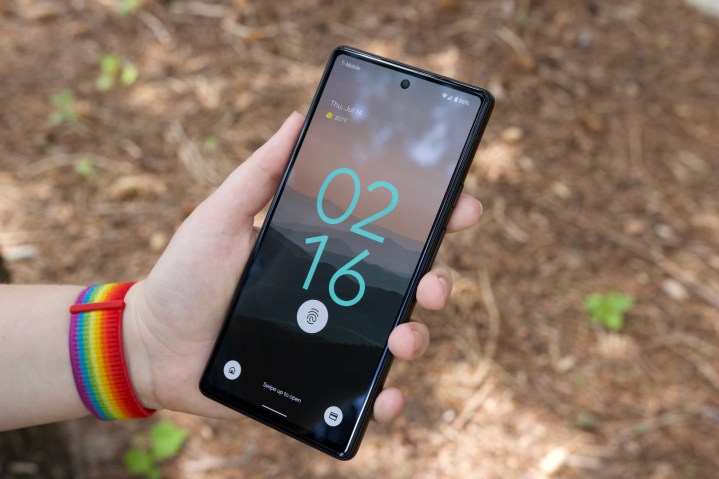
The Pixel 6a measures 152.5mm tall and weighs 178 grams. For context, the Pixel 6 and 6 Pro are 158.6mm and 163.9mm tall and weigh 207g and 210g, respectively. Those may not sound like significant differences on paper, but in actual use, the Pixel 6a is remarkably easier to manage. I can reach more of the screen with one finger, it’s easier to slip into a tight pocket, and it’s much more comfortable to use one-handed. It’s not quite as compact as the Pixel 5 was, but it is the smallest Pixel Google’s released since then. And that makes me incredibly happy.
If I have one design complaint, it’s that I wish Google had more colors to choose from. The Sage color of my review unit has been a joy to look at, but the Chalk and Charcoal styles are quite bland.
Screen and performance
Part of what contributes to the Pixel 6a’s petite form factor is its screen. Google equipped the Pixel 6a with a 6.1-inch OLED panel — a decrease from the 6.4 and 6.7-inch screens on the Pixel 6 and 6 Pro, respectively. That OLED screen has a Full HD+ 1080 x 2400 resolution, 60Hz refresh rate, and is covered with Corning Gorilla Glass 3.

Overall, it’s a perfectly fine screen for the $449 asking price. Colors are nice and punchy, it gets bright enough for comfortable outdoor use, and text is perfectly crisp in all use cases. There is some slight discoloration at certain viewing angles, but that’s par for the course with smartphones in this price bracket.
What’s particularly annoying is being stuck at a 60Hz refresh rate. On the one hand, I understand Google’s reasoning here. The Pixel 6a already shares the same design and chipset as the standard Pixel 6, so finding other corners to cut — like the faster display — make sense. But plenty of other companies have shown that it’s possible to sell a $500 smartphone with a 90Hz or 120Hz screen. The $399 Moto G 5G and the $440 OnePlus Nord 2T 5G have 90Hz screens, the $449 Galaxy A53 5G has a 120Hz screen, etc.
To be clear, the 60Hz panel on the Pixel 6a isn’t a deal-breaker. It was a jarring shift at first coming from the 120Hz panel on my iPhone 13 Pro, but after a few hours, my eyes adjusted and got used to it. But when other similarly priced phones are clearly beating Google here — and have been for some time — being stuck at 60Hz is disappointing.

What’s not disappointing, though, is the Google Tensor chip powering the Pixel 6a. This is the exact same silicon found in the flagship Pixel 6 and Pixel 6 Pro. And it shows! Whether browsing a few Chrome tabs, triaging emails, streaming 2160p YouTube videos, or performing other duties, Tensor keeps up with day-to-day tasks incredibly well. And although 6GB of RAM is a fraction of the memory found in more expensive handsets, it’s more than adequate for keeping a few apps open in the background for reliable multitasking.
Google’s Tensor chip is also a solid performer for gaming. I played a lot of Call of Duty: Mobile, all in the name of work and science. Playing the game with Very High graphics and frame rate settings, multiplayer sessions ran without a hitch. Menus loaded quickly, touch input was responsive, and the game looked great while making my way through endless Hardpoint matches. Google’s Pixel a-series phones have always been good performers, but Tensor really does take things up a notch.
But performance isn’t the only thing going up on the Pixel 6a. Google Tensor runs hot inside the phone. And not just after playing a couple of rounds of Call of Duty. Even when just cycling through the Alexa and Target apps, the Pixel 6a became noticeably warm to the touch — both the metal frame and plastic back. It’s a problem Tensor’s also shown on the Pixel 6 and 6 Pro, and unfortunately, it’s equally present on the Pixel 6a. It’s not to the point where the phone is painful to touch or anything, but it is worrying that a couple of simple applications cause it to heat up as much as it does.
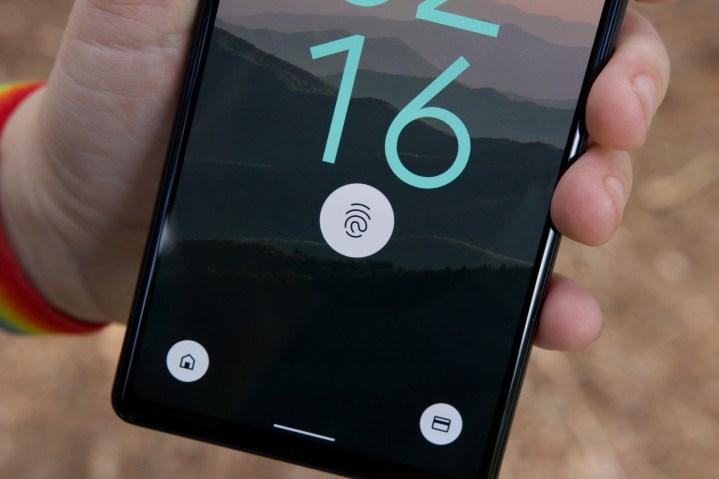
Finally, a quick note on the Pixel 6a’s in-screen fingerprint sensor. It’s good! Google used a different sensor in the 6a than what it chose for the Pixel 6 and 6 Pro. The Pixel 6a’s fingerprint sensor isn’t the absolute fastest I’ve ever used, but it’s reliable, accurate, and gets the job done. In my experience, it’s about as fast as the Pixel 6 and 6 Pro sensors, but is much more consistent with its success rate.
Cameras
It wouldn’t be a Google Pixel review without talking about the phone’s cameras, so let’s get right to it. The Pixel 6 and 6 Pro marked a monumental shift in Google’s camera strategy. After relying on its tried-and-true 12.2-megapixel primary camera starting with the Pixel 2 and going up to the Pixel 5, the Pixel 6 series shifted to an all-new 50MP sensor.
But that 50MP sensor is nowhere to be found on the Pixel 6a. Instead, it gets the same 12.2MP camera that Google’s been using since 2017 — featuring an f/1.7 aperture, optical image stabilization (OIS), and phase detection autofocus. It’s also joined by a 12MP ultrawide camera with a 114-degree field of view, plus an 8MP selfie camera.
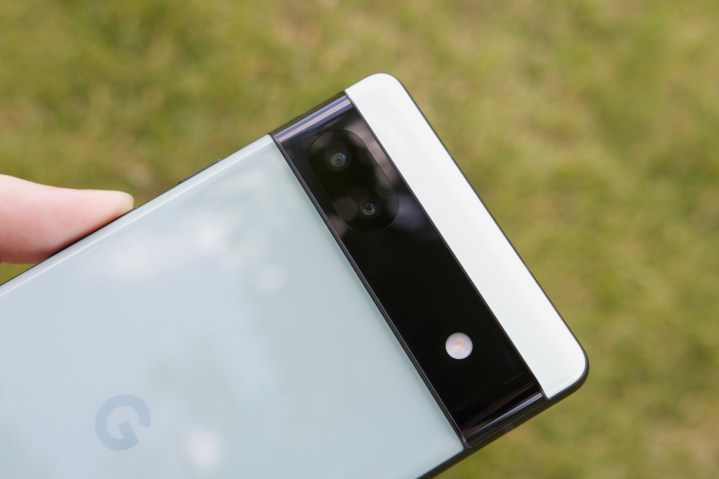
On paper, none of that sounds particularly impressive. But in reality, the Pixel 6a stands out as an extremely reliable camera phone. In indoor or outdoor settings with great or decent lighting, the Pixel 6a cranks out very pleasing photos. The Pixel 6a captures great detail and punchy colors that aren’t overly vibrant, and often uses its HDR chops to expertly handle challenging skies or harsh lighting, from a morning sunrise toan evening sunset. Pair that with a simple to use camera app that’s very quick to snap a photo when you want it to, and there’s little to complain about.
I’ve also been happy with the 12MP ultrawide camera. The 114-degree field of view allows you to capture much more in a single photo while standing in the same place. Details in these photos aren’t quite as strong, but the ultrawide camera does an excellent job retaining a similar color profile and doesn’t distort the edges too much.
- 1.
A photo from the Pixel 6a’s primary camera - 2.
A photo from the Pixel 6a’s ultrawide camera.
Where the Pixel 6a does struggle is with lowlight environments. Like other Pixels, the 6a includes a dedicated Night Sight mode to help you capture extremely dim subjects. The leftmost photo below was taken without Night Sight, while the one on the right did use it. Night Sight is effective at brightening your picture and essentially lets you see in the dark, but photos taken in this mode are also accompanied by very soft details.
- 1.
A Pixel 6a photo taken without Night Sight. - 2.
A Pixel 6a photo taken with Night Sight.
And just like the Pixel 6 and 6 Pro, the Pixel 6a gets all of Google’s other camera tricks — including Portrait mode, Photo Sphere, and Real Tone. Magic Eraser is also present, as is a new Camouflage tool that allows you to mute distracting colors that take away from the subject of your pictures.
Battery life and charging
If there’s one area where the Pixel 6a can be described as “mediocre,” it’s the phone’s battery situation. Keeping the Pixel 6a alive is a 4410mAh battery — a decrease from the 4614mAh battery in the regular Pixel 6 and 5003mAh cell in the Pixel 6 Pro. As expected, the Pixel with the tinniest battery also has the shortest endurance of the trio.
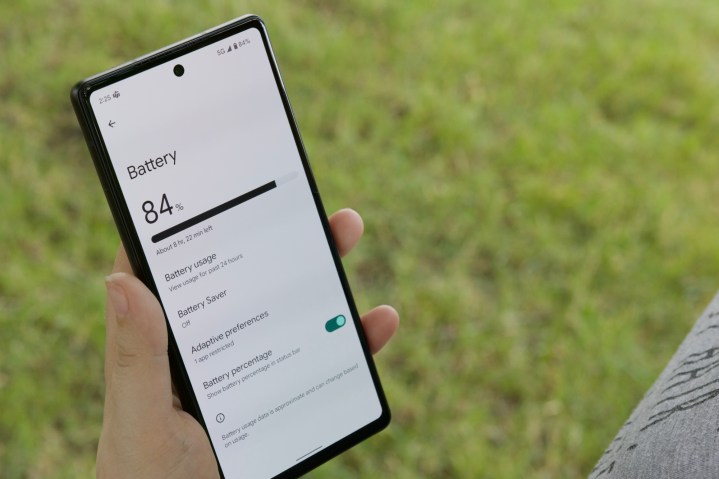
Simply put, this will be a one-day smartphone for most people. On a typical Saturday consisting of an hour of Twitter use, 20 minutes on Reddit, 25 minutes of watching YouTube, and keeping the Dinnerly app open for 30 minutes while making dinner (among other things), the Pixel 6a ended the day with 11% battery remaining after 4 hours and 13 minutes of screen-on time. Another day saw me streaming Twitch for two-and-a-half hours, playing Call of Duty: Mobile for nearly an hour, and frequent use of Twitter, Microsoft Teams, and Reddit. On that day, the Pixel 6a had 15% battery remaining after 4 hours and 45 minutes of screen time.
When it comes time to charge up, the Pixel 6a maxes out at just 18 watts in terms of wired charging speeds. Google advertises this as “fast wired charging,” but it’s anything but. Charging the Pixel 6a from 9% to 100%, the phone took 1 hour and 43 minutes. And that time has proven consistently slow over the last two weeks. Even an upgrade to 25W or 33W like we see on budget handsets from Samsung and OnePlus would have been great
And, unfortunately, that 18W wired charging is the only option you have on the Pixel 6a. Just like the Pixel 3a, Pixel 4a, and Pixel 5a before it, the Pixel 6a does not support wireless charging.
Software
But while the battery and charging situation may not be ideal, Google once again fires on all cylinders with its software. The Pixel 6a ships with Android 12 and will receive three years of major OS upgrades, plus five years of security updates. Samsung’s now leading the charge with four years of Android updates for its phones, but Google’s software support is still very good.
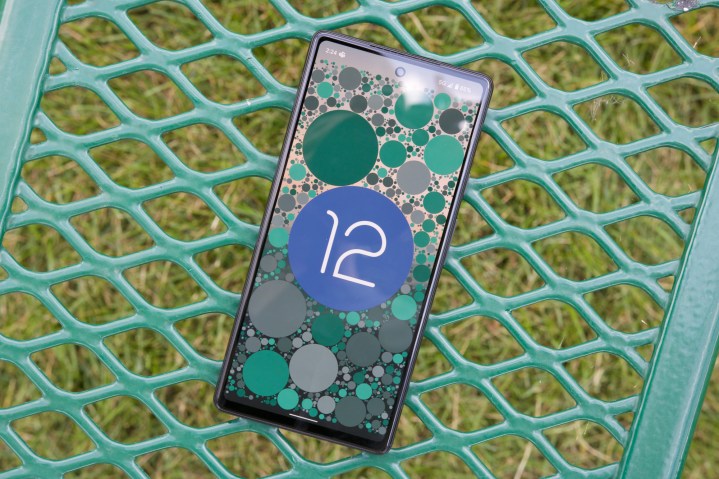
As for the Android 12 software available on the Pixel 6a today, it’s every bit as excellent as it is on Google’s more expensive Pixel 6 handsets.
This is seen first and foremost with Google’s Material You interface. With all of the redesigned widgets, subtle animations, and large Quick Settings toggles, Material You looks and feels outstanding on the 6a. This also includes Android 12’s systemwide theme engine. After applying a new wallpaper, Android 12 analyzes it and picks out color palettes based on that wallpaper. Once one of those color palettes is applied, it’s seen in the Settings app, Quick Settings panel, the lock screen, Google apps, and even some app icons.
Beyond the stark visuals of Material You, the Pixel 6a’s software shines brightest with Google’s suite of helpful tools. Now Playing automatically detects songs playing nearby and shows them on your lock screen — even without an internet connection. Direct my Call allows the Google Assistant to transcribe automated menus during phone calls, while Hold for Me keeps your spot in line while waiting to talk to a customer service representative. And Google Assistant-powered voice typing is smart enough to insert emoji, automatically add punctuation, and listen for pauses in your speaking.
While it may lack some of the deep customization and tweaking compared to Samsung’s One UI and OnePlus’s OxygenOS, Google’s take on Android has long been my personal preference. The interface is clean, Material You scratches my customization itch, and little features like Now Playing and Hold for Me are legitimately difficult to live without on other smartphones.
Price and availability
The Google Pixel 6a is available for $449 with 128GB of storage. In the U.S., you can buy the Pixel 6a direct from the Google Store, Amazon, and Best Buy. Google’s also launching the Pixel 6a in Australia, Canada, France, Germany, Italy, Japan, the Republic of Ireland, Singapore, Spain, Taiwan, and the U.K. There are also rumors of the phone launching in India. Compared to the Pixel 5a’s meager launch in only the U.S. and Japan, the 6a’s availability is a considerable improvement.
Our take
Where last year’s Pixel 5a felt like an iterative (and almost pointless) addition to the Pixel a-series family, the Pixel 6a feels like it’s pushing the needle forward for Google. The new design is great, the lightweight/compact body is extremely practical, and the Google Tensor chip enables new performance capabilities and software features that haven’t been possible before.
But at the same time, it also doesn’t feel like enough of a change. The display is still 60Hz, wireless charging remains MIA, and Google’s clearly gone in the wrong direction in terms of battery life. It’s expected that the Pixel 6a wouldn’t check every single box for $449, but when the Pixel 6 addresses all of these concerns (and more) for just $599, the Pixel 6a loses some of its value upside.
But that certainly doesn’t mean that the Pixel 6a is a bad phone. It’s a really damn good phone. I’m in love with the smaller body, performance is great, the cameras are solid, and Google’s Android 12 software is nearly perfect in my book. It may not be the budget-defining phone like some of its predecessors were, but if you’re in the market for a new handset and need to keep your budget under $500, the Pixel 6a is a fantastic choice.
Is there a better alternative?
Perhaps the greatest challenge facing the Pixel 6a is Google itself. Spending an extra $150 to upgrade to the Pixel 6 gets you a lot more for your money — including a larger and more durable 90Hz display, a bigger battery, faster wired charging, wireless charging support, reverse wireless charging, an extra 2GB of RAM, better water resistance, and a more capable 50MP primary camera. Those aren’t insignificant upgrades, and if you managed to grab the Pixel 6 when it was on sale for $499 during Prime Day, it became a no-brainer to purchase it over the Pixel 6a. The Pixel 6 is a worthy alternative to consider at the full $599 MSRP, and when it’s discounted below that, making an argument in the Pixel 6a’s favor becomes increasingly complicated.
As for other phones closer to the 6a’s asking price, the Samsung Galaxy A53 5G is also available for the same $449. It has a smoother 120Hz screen and two-day battery life, but the performance from its Exynos 1280 chipset is noticeably more sluggish than the Tensor chip inside the Pixel 6a. The iPhone SE 2022 is also worth considering if you prefer iOS over Android. If you can get past its large bezels and lackluster screen quality, Apple’s $429 handset delivers outstanding performance, a great camera, and at least five years of guaranteed updates. Finally, if you live outside the U.S. and want something with a flashier design, the Nothing Phone 1 is also worth checking out.
How long will it last?
The Pixel 6a comes equipped with an IP67 rating. That means it’s totally sealed against dust/dirt and can be submerged in up to one meter of water for up to 30 minutes. Whether you use the Pixel 6a out in a rainstorm, drop it in a lake, or get sweat on it while at the gym, it should be totally fine in all those scenarios. The plastic back should also be quite durable against drops/falls, though you may want a screen protector to supplement the older Gorilla Glass 3 covering the screen. And, as noted above, the Pixel 6a comes with three years of major Android updates and five years of security updates.
Should you buy it?
Yes. Despite its average battery life and lack of wireless charging, the Pixel 6a still stands out as an excellent value for its price. If you can’t afford the regular Pixel 6 and crave the Google smartphone experience on a budget, the Pixel 6a is an easy recommendation.
Editors’ Recommendations


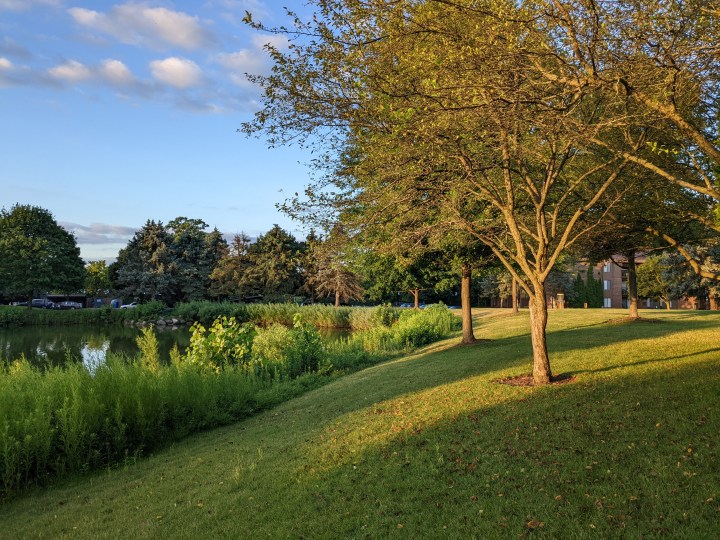

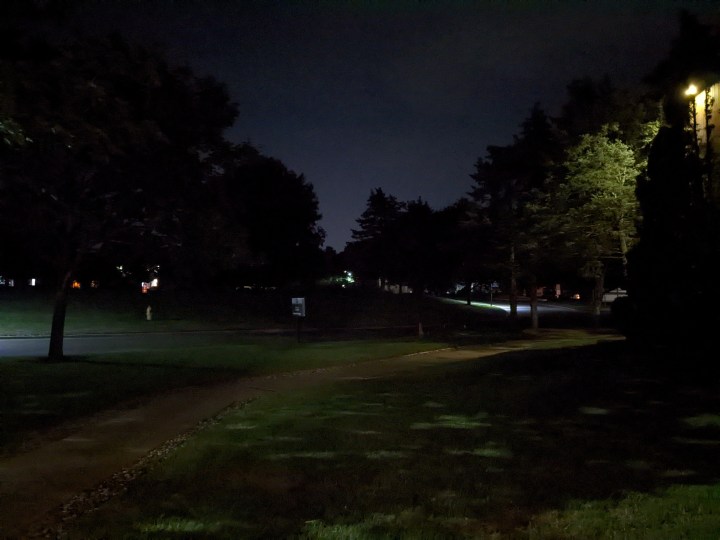
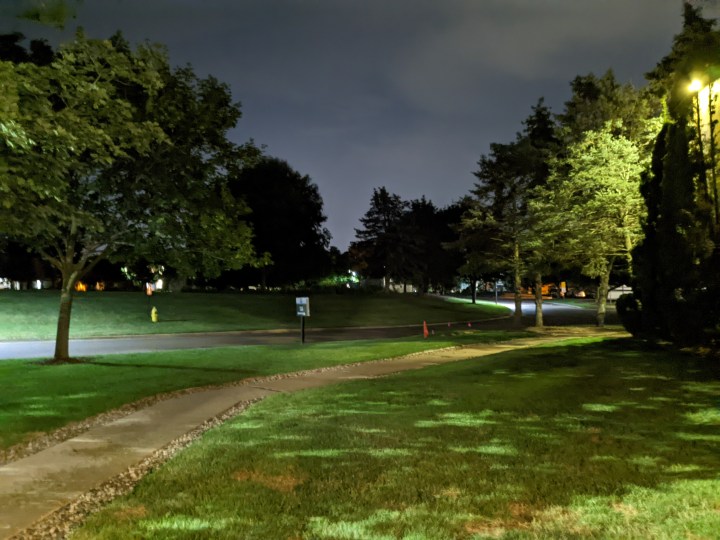
![[Deal] Upgrade To A Lifetime Plex Pass Subscription And Save 25%](https://techtelegraph.co.uk/wp-content/uploads/2024/11/Plex-images-3-847x476-218x150.png)
